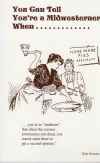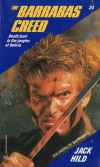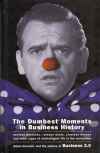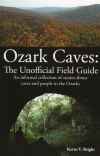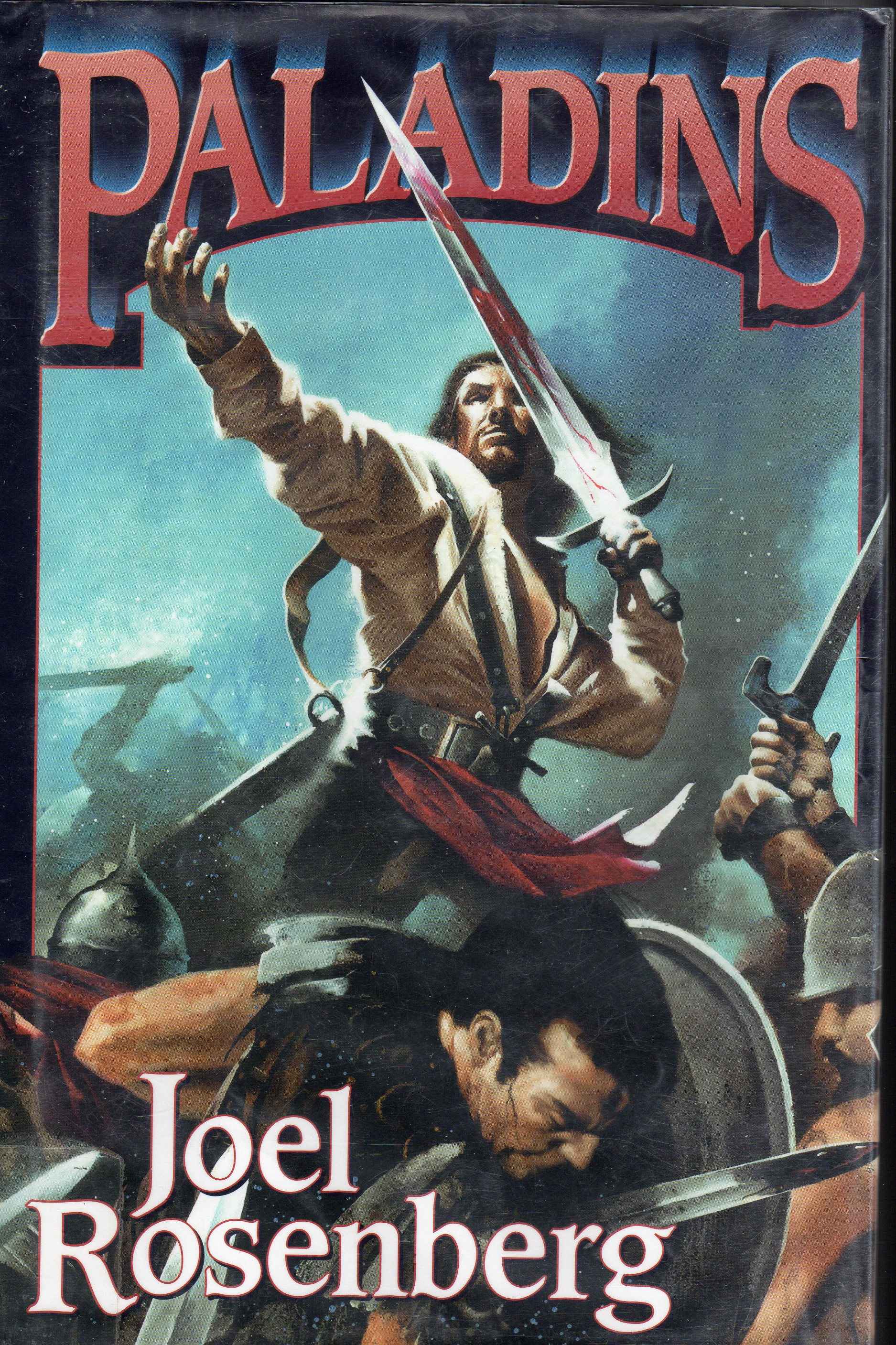 On July 24, sometime commenter A. Rothman friended me on Facebook, prompting me to comment “Brian J. Noggle got friended by a Minneapolis concealed carry instructor. Noggle feels compelled to read a Joel Rosenberg book now.” This book is the one that sprang into my hand. Which means it took me several months to read it. Wow.
On July 24, sometime commenter A. Rothman friended me on Facebook, prompting me to comment “Brian J. Noggle got friended by a Minneapolis concealed carry instructor. Noggle feels compelled to read a Joel Rosenberg book now.” This book is the one that sprang into my hand. Which means it took me several months to read it. Wow.
The conceit is this: Magic exists, and Mordred defeated Arthur. Hundreds of years later, the British crown is in a power struggle with the Dar al Islam and another empire whose provenance I’ve forgotten. Priest warriors for the crown carry swords imbued with the souls of either saints (white swords) or very evil men (red swords). Apparently, the swords were made in ancient times and are the magic that has created them has been forgotten or driven from history. But in the Eastern Mediterranean, where the three empires clash, a new red sword has been found. Two active members of the holy order, the paladins of the title, bring a former member of the order, their former mentor, out of retirement to investigate. Their former mentor recruits and deputizes a local fisherman–fisherboy really–to their order and gives him the sword, which has been infused with the soul of a baby (but somehow, this becomes a red sword). The young paladin and the mentor depart to investigate on their own, leading the other paladins, including a conflicted paladin bearing a red sword carrying the soul of Genghis Khan, to follow them.
So it’s a very rich book, and it clock in at 450+ pages, so there’s plenty of room to spread the wealth and depth. We have well-rounded Marines and side adventures in taking a pirate ship. We have a little battle with darklings, the nature of which is unclear (and whose presence is remarkable, according to the characters, but is not resolved). We have an aging Navy man in port duty intriguing within the Navy and with the enemies of the crown. We have hints and some details about the past, why the mentor left the order, some history regarding the other members of the order, and, as I said, a lot of depth.
Which is then lost on the plot.
The story of the new live red sword runs through it, but the ulimate resolution takes place suddenly by comparison. I won’t spoil it for you because the book might be worth reading on its own–I’m a bit ambivalent because of the ultimate weakness of the plot or at least how the main plot is resolved–but the climax comes out of left field with some unheard of people working on their own plot unrelated to the things investigated, off and on, by the paladins for 350 pages. Then there’s a scene with the king at the end, a sort of Star Wars award ceremony, except R2 D2 doesn’t come back to life (although his return might have been foreshadowed).
There’s only one more book in this series, so I don’t know what Rosenberg had planned. Maybe a series of seven or eight which would have made more use of the deep background. I haven’t read the early books in the Guardians of the Flame series, so I don’t know if that’s how he did it with that series. Or maybe these books didn’t sell well enough to continue.
Jeez, it took me since July to read this, and it’s not even one of the big books I’m sorta reading.
Books mentioned in this review:




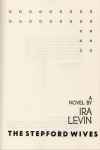
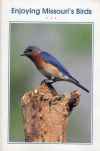

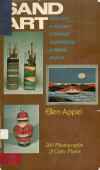
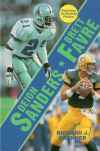
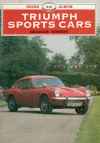

 I swapped a copy of my novel for
I swapped a copy of my novel for 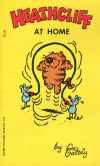
 This book is a little tourist guide to the All Saints Church in Wing, Buckinghamshire, England. I certainly didn’t visit it, and I’m not sure what I would have paid for it, but I doubt it was fifty cents. The booklet is only 20 pages of text and photos, after all.
This book is a little tourist guide to the All Saints Church in Wing, Buckinghamshire, England. I certainly didn’t visit it, and I’m not sure what I would have paid for it, but I doubt it was fifty cents. The booklet is only 20 pages of text and photos, after all.
